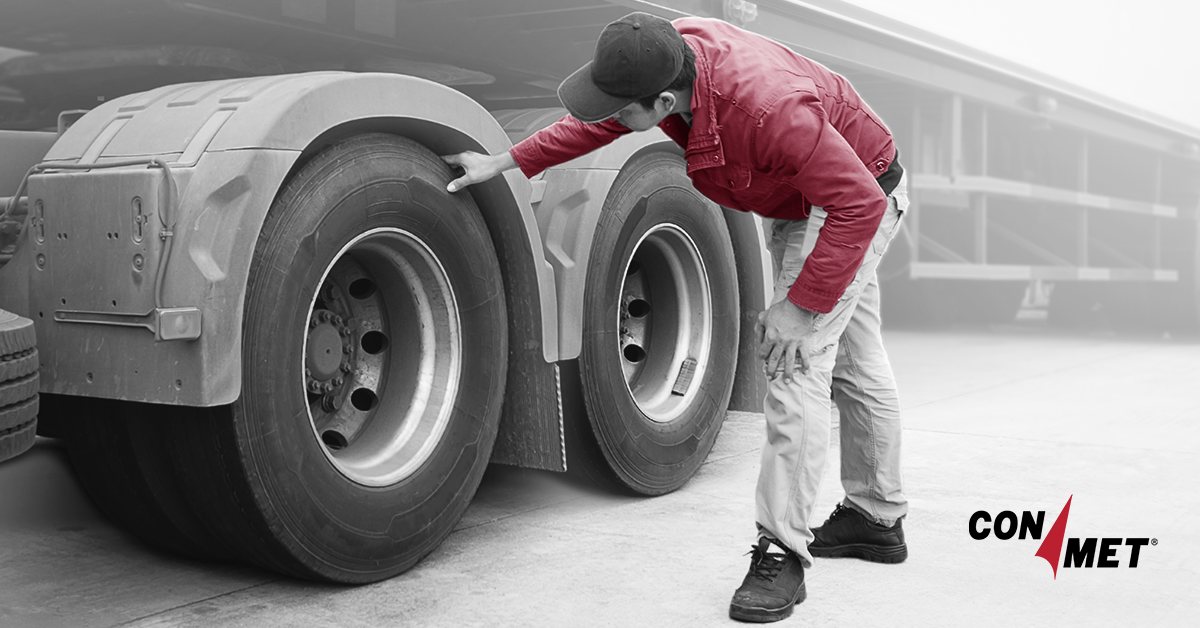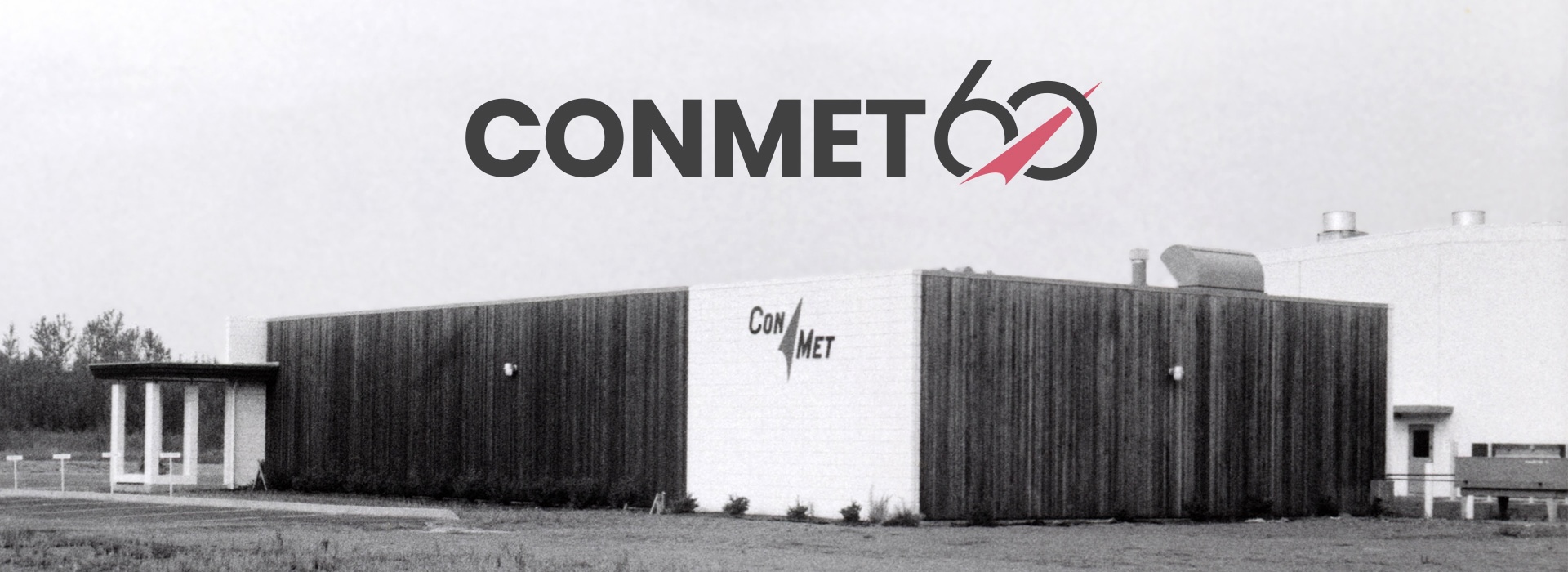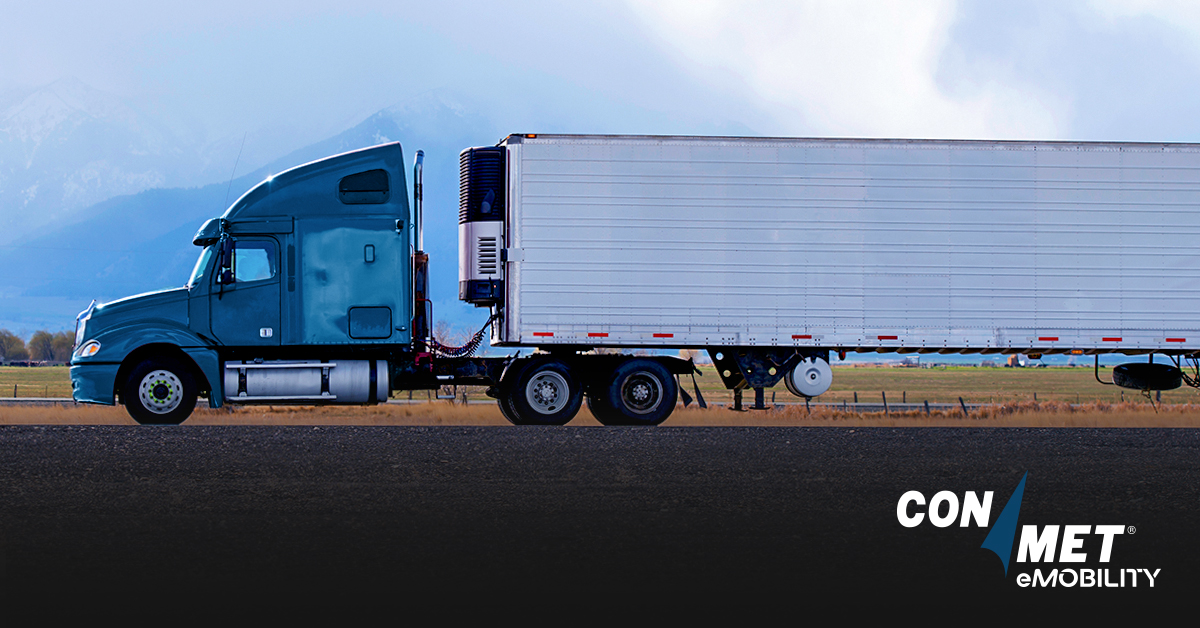April 2023 – Fleets know the importance of keeping their vehicles in top shape and ready for service. Proper maintenance is crucial not only for safety but also for optimizing performance and minimizing downtime. Wheel ends, which consist of the wheel hub, spindle, bearings, and other related components, are essential for a vehicle’s safe and efficient operation. Though wheel end maintenance can seem tedious and sometimes redundant, staying diligent in this area of maintenance makes life easier for drivers and technicians alike, and can extend the service life of this critical system.
To help you keep your wheels turning smoothly and your vehicle on the road, let’s dive into three key aspects of wheel end maintenance.
1. Preventative Maintenance
Preventative maintenance or scheduling regular service for a fleet rather than waiting until a repair is necessary, is crucial for avoiding breakdowns, missed deadlines, and poor customer experience, among other costly repercussions. By implementing and adhering to a comprehensive preventative maintenance program, fleets can benefit from increased safety, uptime, cost savings, and driver satisfaction.
Optimize your maintenance schedules to mitigate the risk of unplanned downtime, ensure consistent work in the shop, and have the right personnel and parts on hand when needed.
• Schedules can be determined based on time intervals or mileage, with time-based maintenance best for local routes and mileage-based maintenance better for long-haul vehicles.
• Fleets may need a mix of time- and mileage-based service intervals depending on their type, operating conditions, usage, and other variables.
Implement telematics to make more informed maintenance decisions, especially as vehicles age.
• As vehicles age, they are more likely to encounter issues between service intervals.
• Telematics systems, like ConMet Digital, can empower fleets to make better, data-backed maintenance decisions.
• Sensors can detect anomalies and provide critical information on maintenance needs, allowing drivers or technicians to take immediate corrective action.
• Enhanced visibility is most important for components that can cause high rates of downtime and asset allocation, such as those in the wheel end.
Make sure your whole organization is on board with the maintenance plan.
• Preventative maintenance should be discussed during planning meetings and training to ensure everyone understands the plan and its purpose.
• Checklists, quick-reference posters, and other documentation can help keep the team on track.
2. Driver Inspections
Ensuring that a vehicle is safe and roadworthy is not solely the responsibility of maintenance technicians. Drivers also play a crucial role in confirming the vehicle’s condition before hitting the road. This is particularly important when it comes to the wheel end, as pre-trip inspections are primarily visual and can be performed in just a few minutes. With proper training and knowledge, drivers can identify potential issues with the wheel end, making the difference between a successful trip and costly downtime.
• Look for loose, missing, or broken fasteners on hubcap bolts and wheel bolts. Rusty or dark streaks from wheel bolts are signs of potentially loose fasteners.
• Check for lubricant leaks on the hubcap, drive axle flange gasket, and oil fill plug. Replace any leaking or damaged components.
• Check lubricant quantity and condition in oil lubricated steer and trailer hubs. The sight glass on oil lubricated steer and trailer hubs should be clean enough to visually inspect the lubricant through. A milky appearance is an indication of possible moisture contamination in wheel end lubricant. On oil lubricated wheel ends, use a magnet to look for metallic particles that may be in the lubricant.
• Inspect the inside of the wheel and brake assembly for signs of wheel seal leaks, including lubricant on the brake components or inside the wheel. A wet, actively leaking seal should be repaired before the vehicle is put into service for the day.
• Check for damaged or severely worn or cracked brake drums or disc brake rotors. It is easy to inspect these components while inspecting the wheel end for a possible seal leak.
• Check for abnormal tire wear
• Consider adding post-trip inspections to your procedures to give drivers extra time to fix any issues they may catch before it’s time to set out on their next trip.
3. High Quality Components
Many factors, such as component wear, damage, or temperature changes, can impact wheel end performance. That’s why it’s imperative that fleets equip their vehicles with the most reliable parts that can withstand harsh operating environments.
Choose components that are easily set to – and can maintain – critical manufacturer specifications.
• Clamp load, the amount of force that is applied to the wheel studs when the lug nuts are tightened, helps ensure the wheel stays securely attached to the hub and prevents it from becoming loose or falling off while the vehicle is in operation. Under-tightening can lead to wheel-off incidents, while over-tightening can damage the wheel, wheel studs, or brake components.
• Bearing end play, the amount of axial movement or “play” that is present in the bearings, is important because excessive movement can cause damage to the wheel bearings and seal.
• High-quality wheel end components are going to provide extended service life.
• Reusing damaged or excessively worn components, such as bearings, spacers, seals, and spindle nuts, is strictly discouraged.
Add ConMet PreSet Plus aftermarket hub assemblies for wheel end peace of mind.
• The most advanced wheel hub in the industry, the PreSet Plus saves time and money with simplified installation, high performance, and low maintenance.
• The proprietary, pre-assembled aftermarket hubs come with all new components, including the seal, bearings, wheel studs, and ABS ring, ensure wheel ends are OEM-approved for optimum safety and reliability.
• For quick and virtually error-free installation, technicians simply slide the self-piloting, pre-assembled hub onto the spindle, torque the PreSet Plus Spindle Nut to the specified torque, engage the lock ring, and add lubricant.
• Industry-leading tapered roller bearings are engineered for optimized contact and reduced stress concentration, resulting in better rolling contact and less friction.
• A precision-machined spacer controls the spacing between the bearings, eliminating the need for manual end play adjustment.
• The PreSet Plus Spindle Nut significantly improves wheel end clamp load, makes installation easier, aids in removal of the hub, and provides advanced safety features.
• When aftermarket PreSet hubs are installed with a PreSet Plus Spindle Nut, it comes with a 5 year/500,000 mile warranty so they can be set with added confidence and peace of mind.
Are Your Wheel Ends Road Ready?
Proper maintenance of the wheel end is essential for a vehicle’s safe and efficient operation, and diligent care can extend the service life of this crucial system. Comprehensive preventative maintenance programs pay dividends for fleets in the long run, reducing unplanned repairs and downtime. Drivers play a vital role in confirming the vehicle’s condition before embarking on a trip. High-quality components can help ensure the system’s reliability in a range of operating conditions. With these three key aspects of wheel end maintenance in mind, fleets can keep their vehicles road-ready, maximizing uptime, reducing costs, and maintaining safety.
ConMet Aftermarket PreSet hub assemblies are available through local stocking dealers or distributors throughout North America. View our commercial vehicle aftermarket wheel products or learn more about aftermarket PreSet and PreSet Plus hubs.
VANCOUVER, WA | by Nick Tosie, Director of ConMet’s National Service Group


